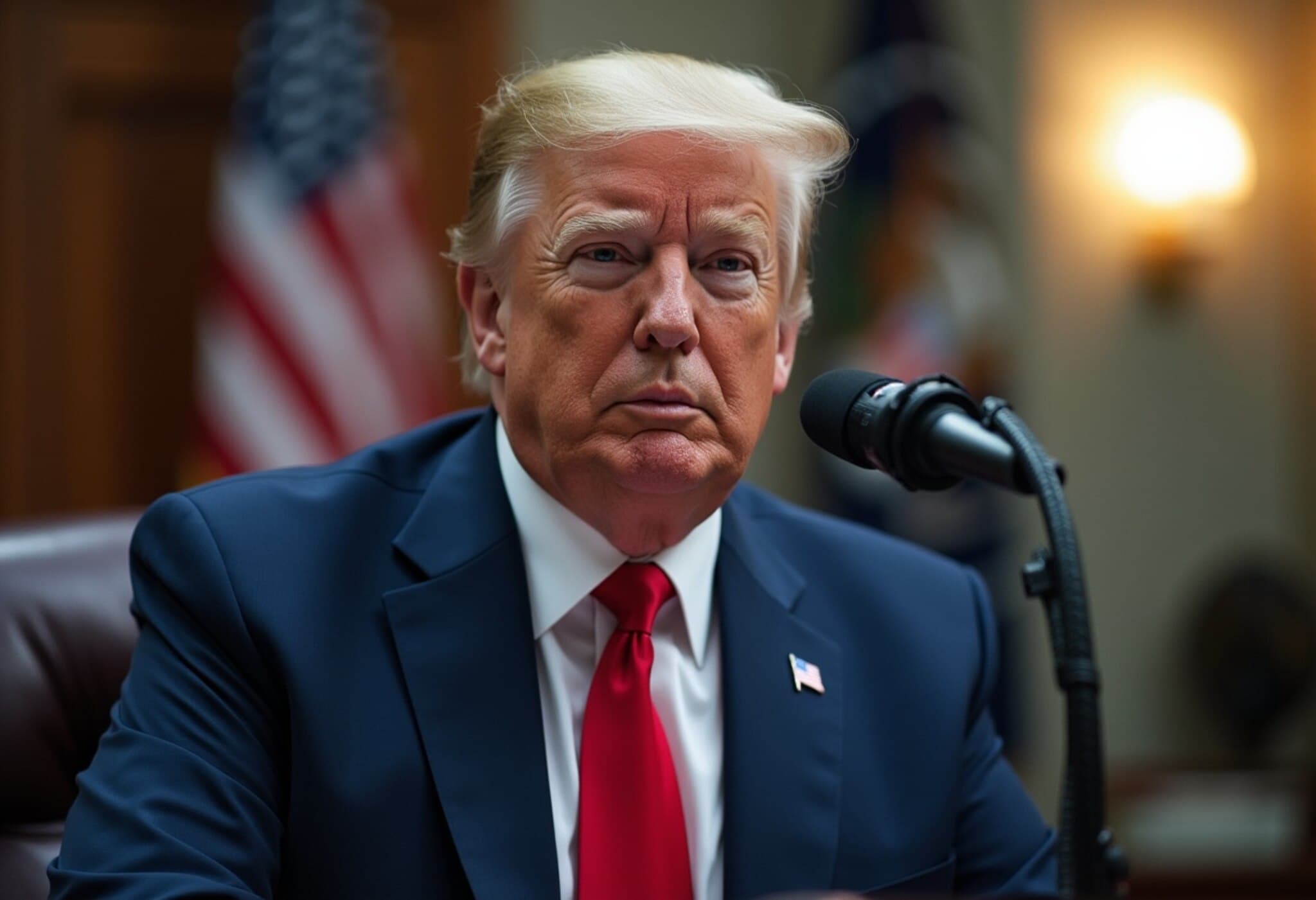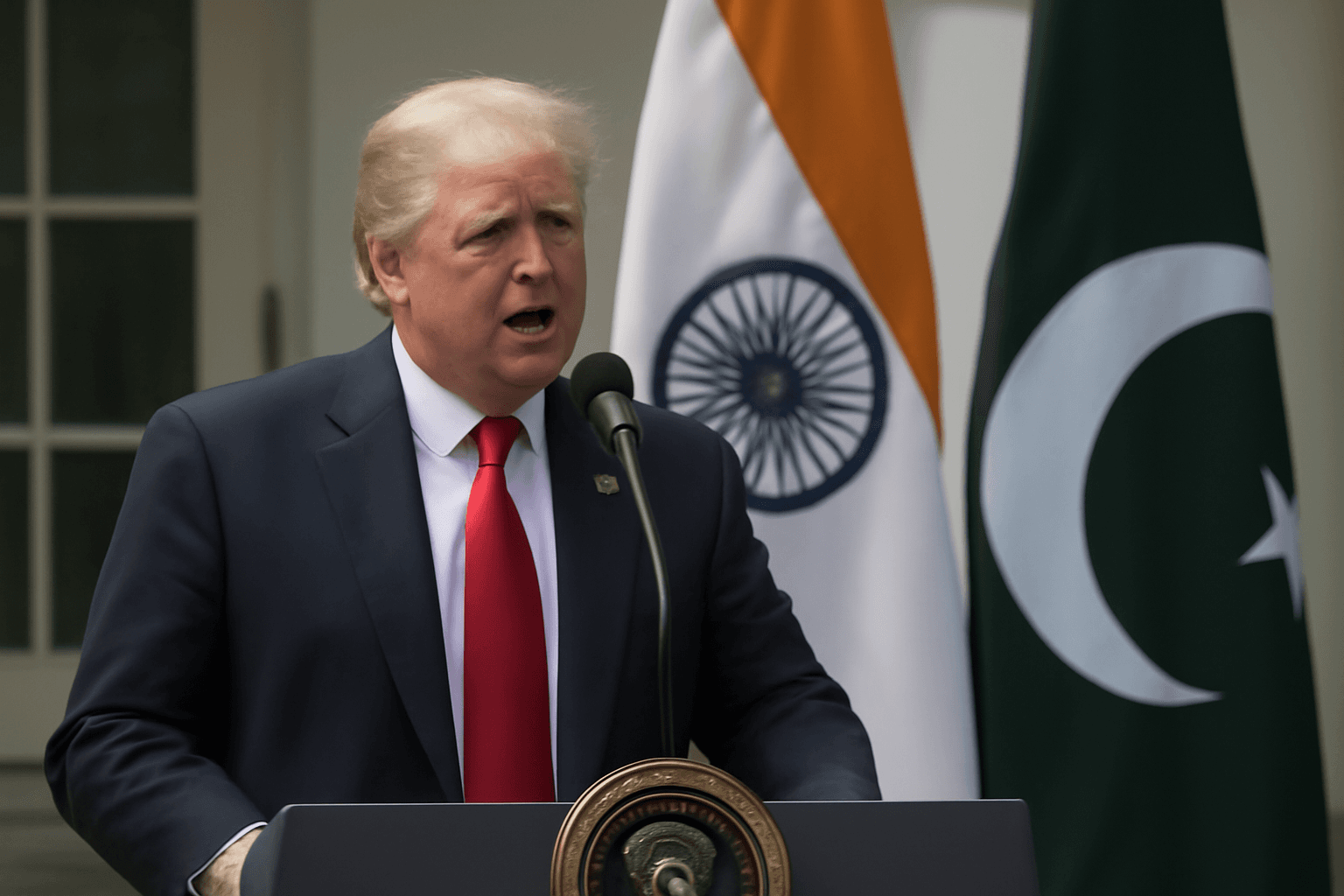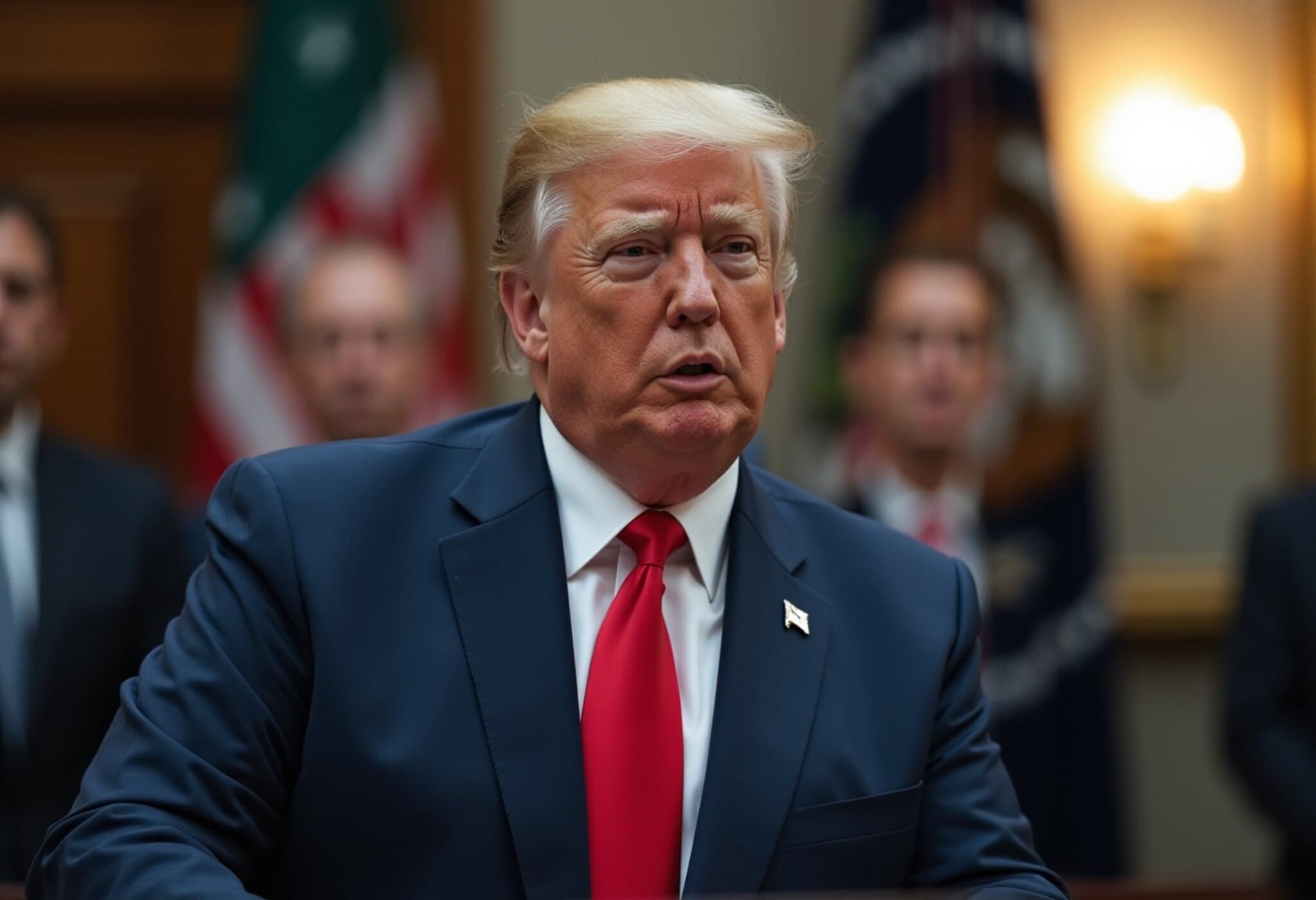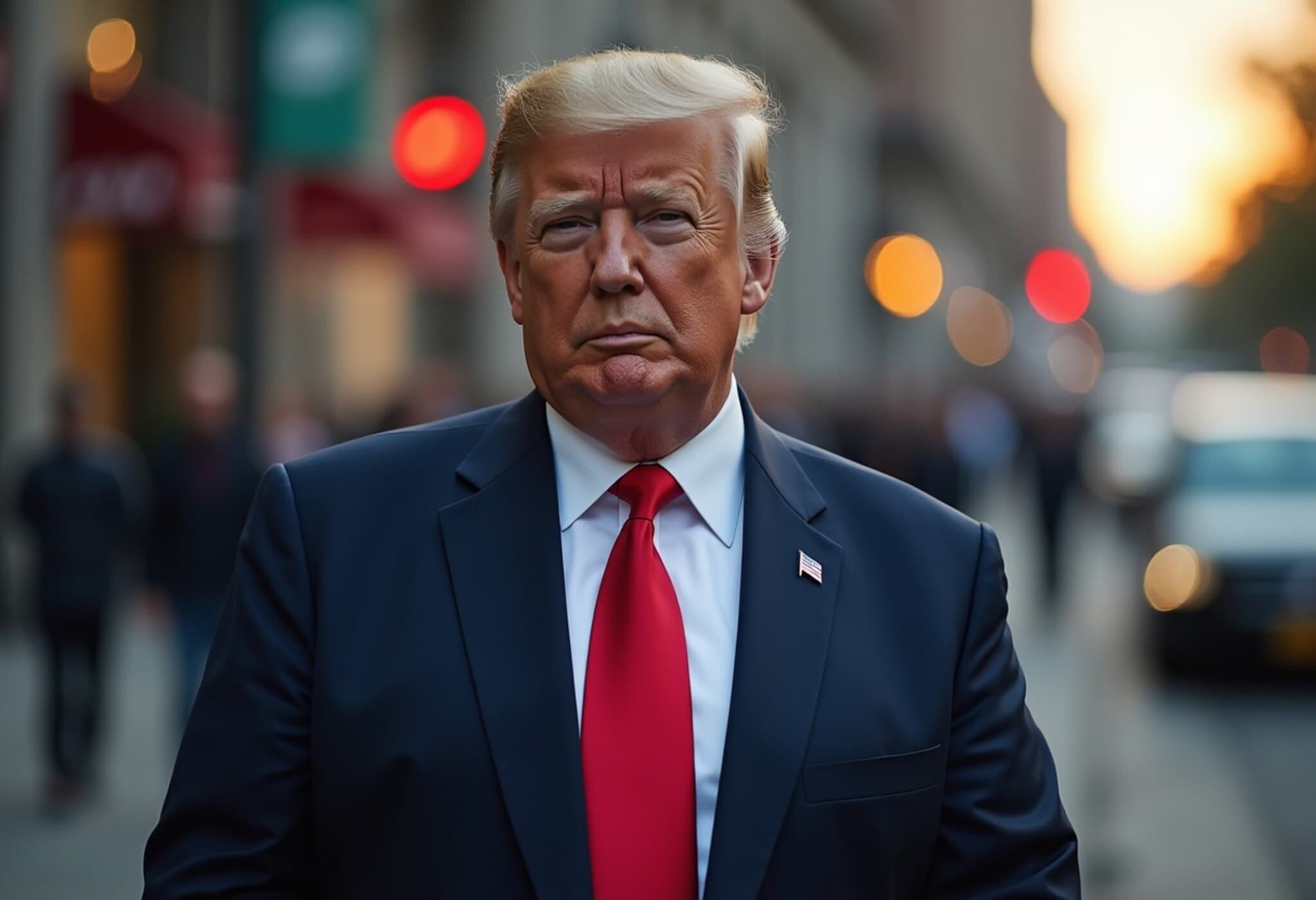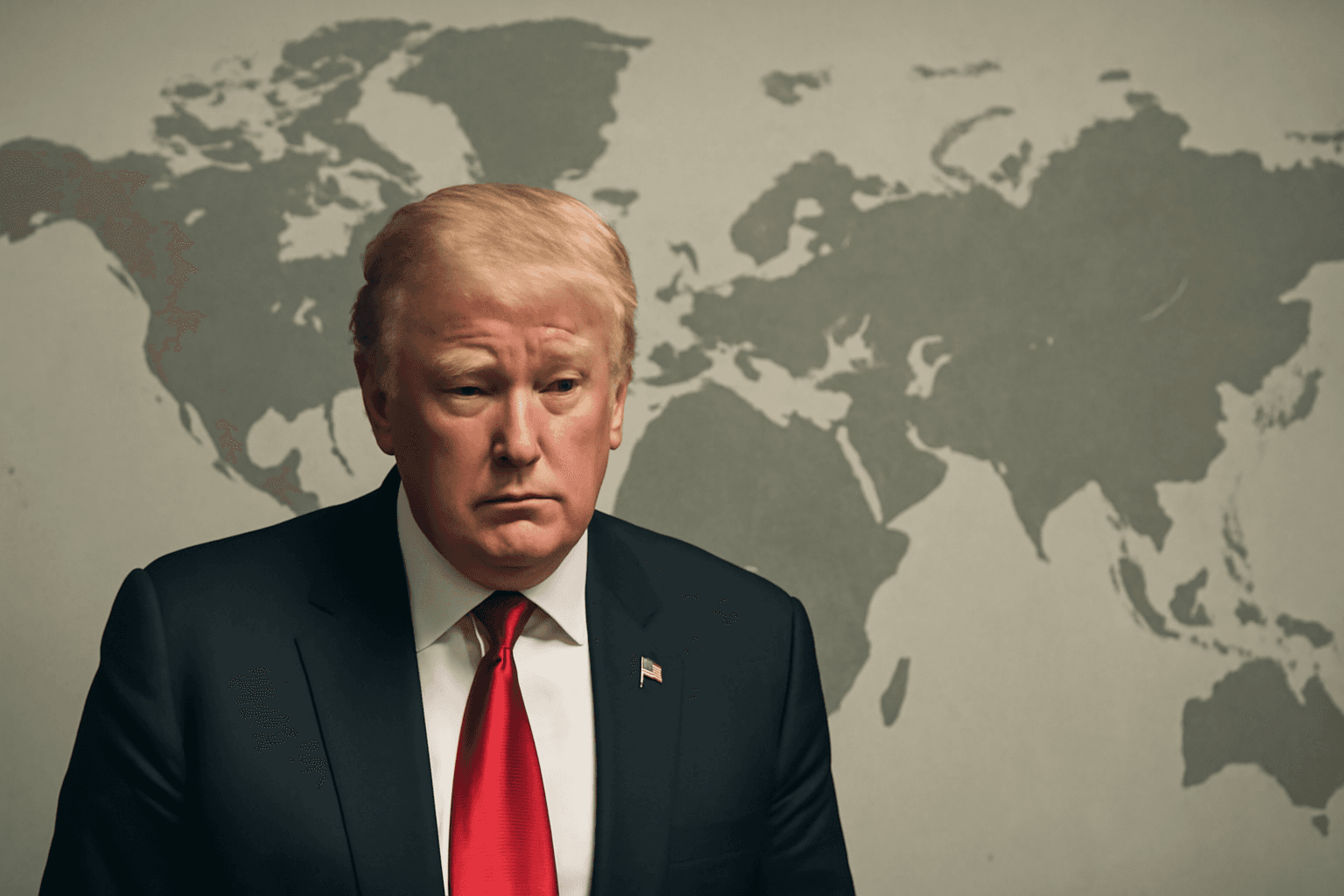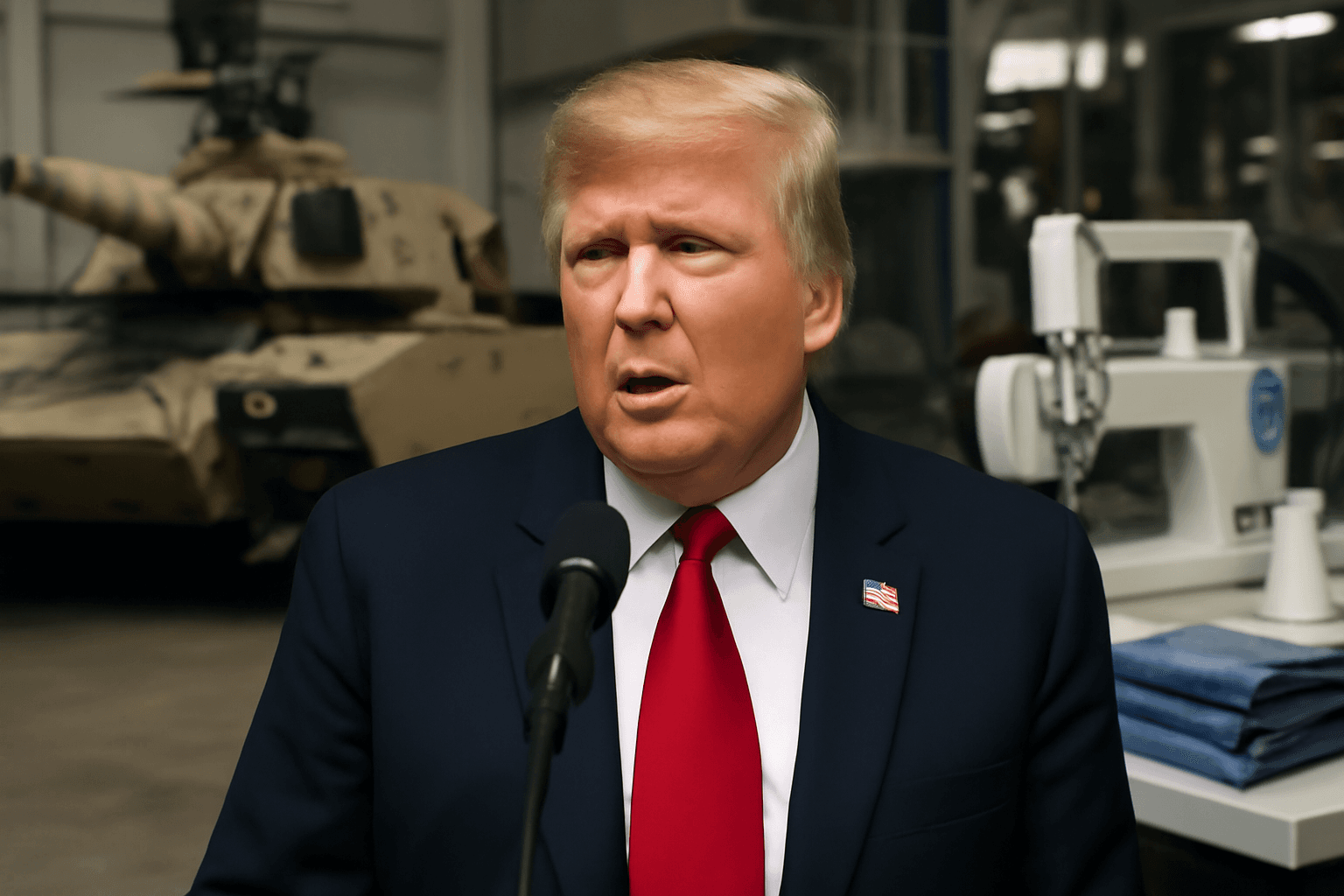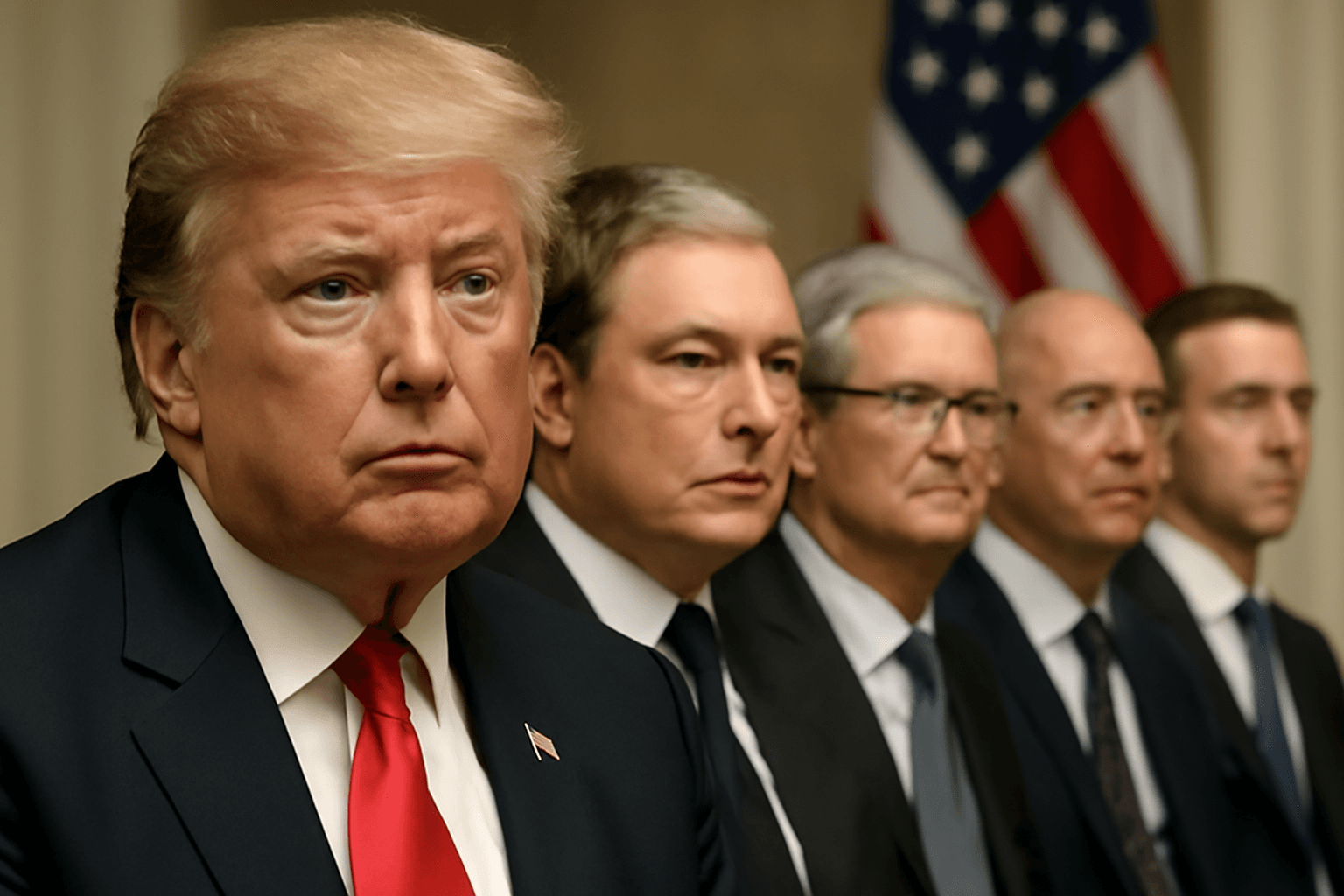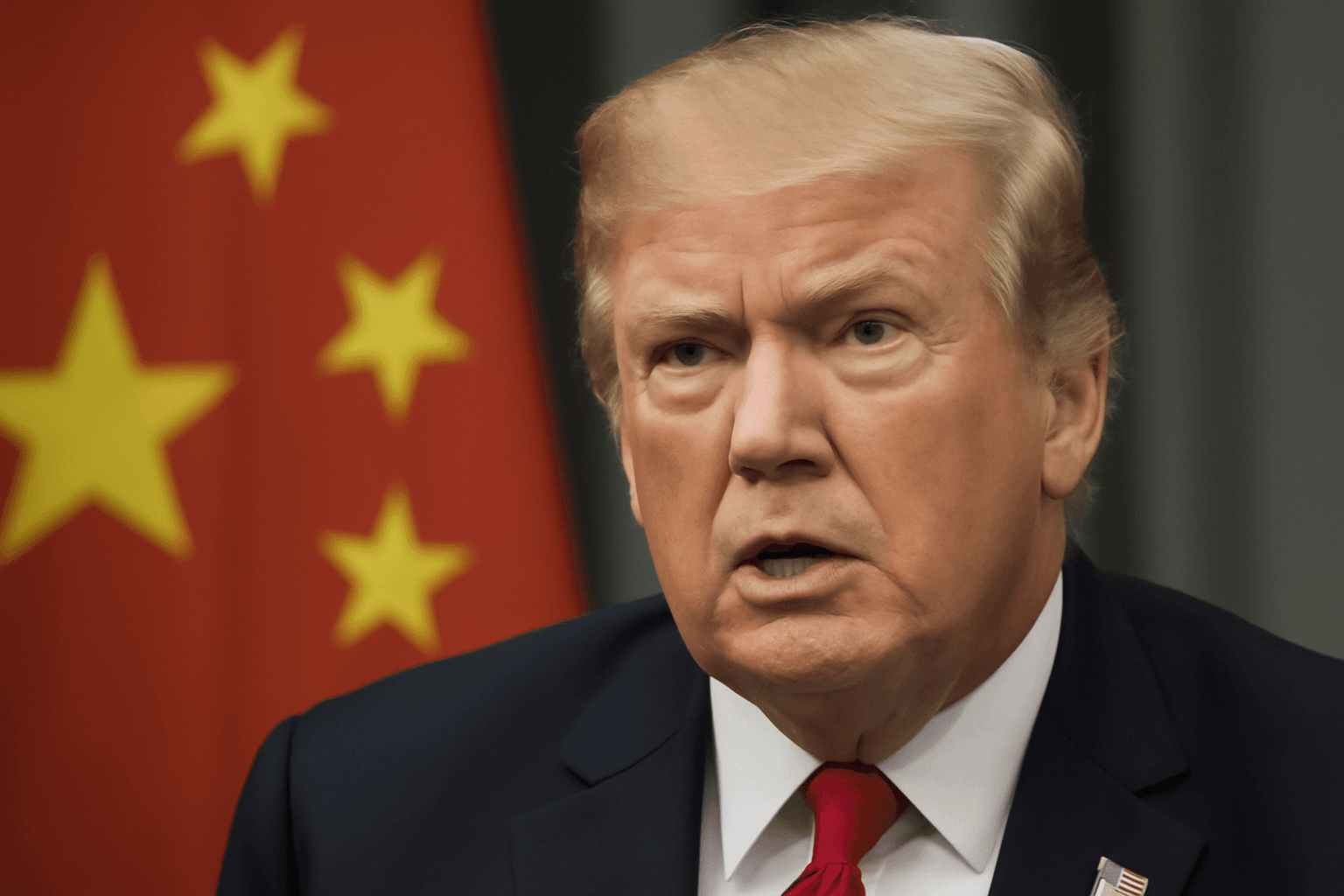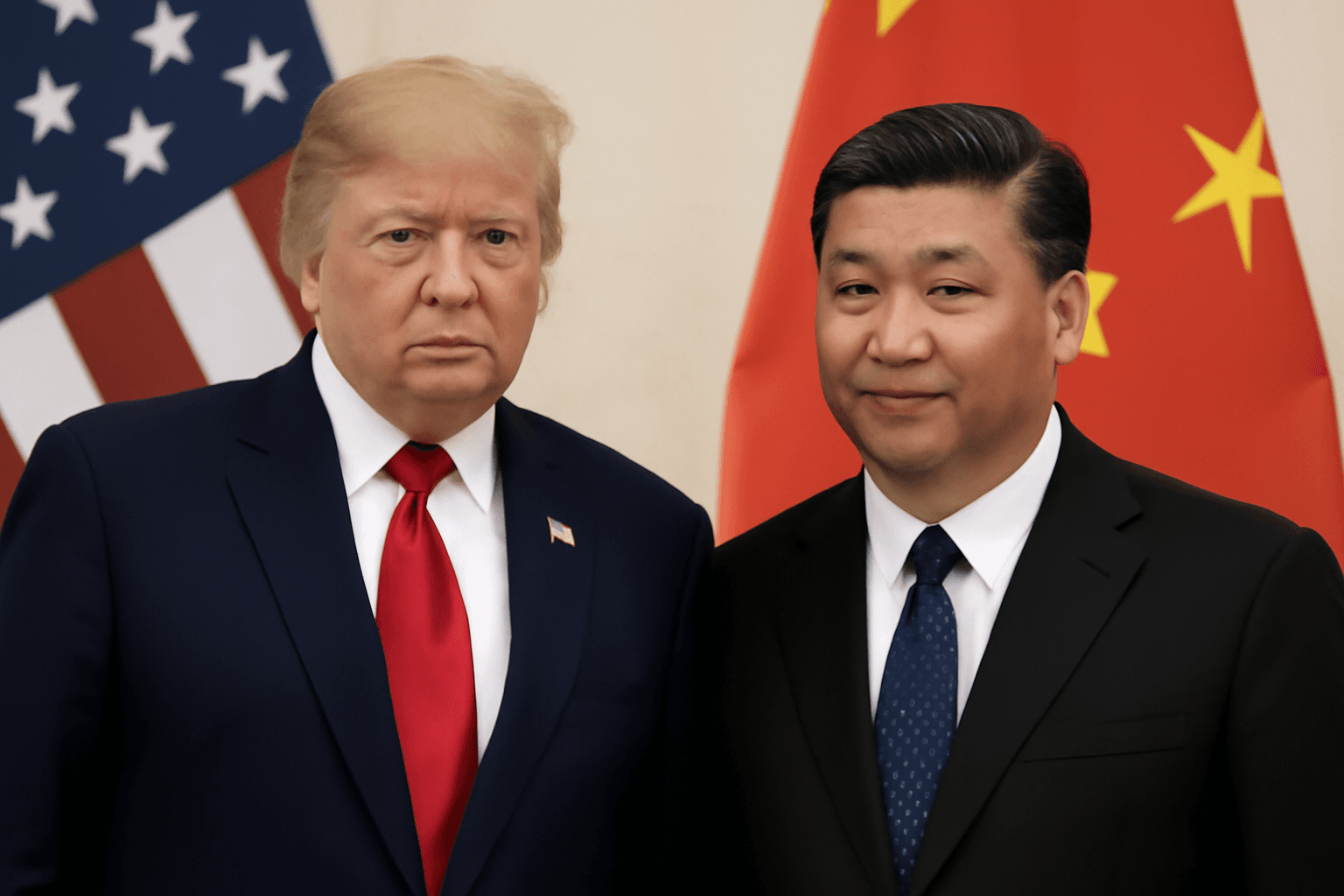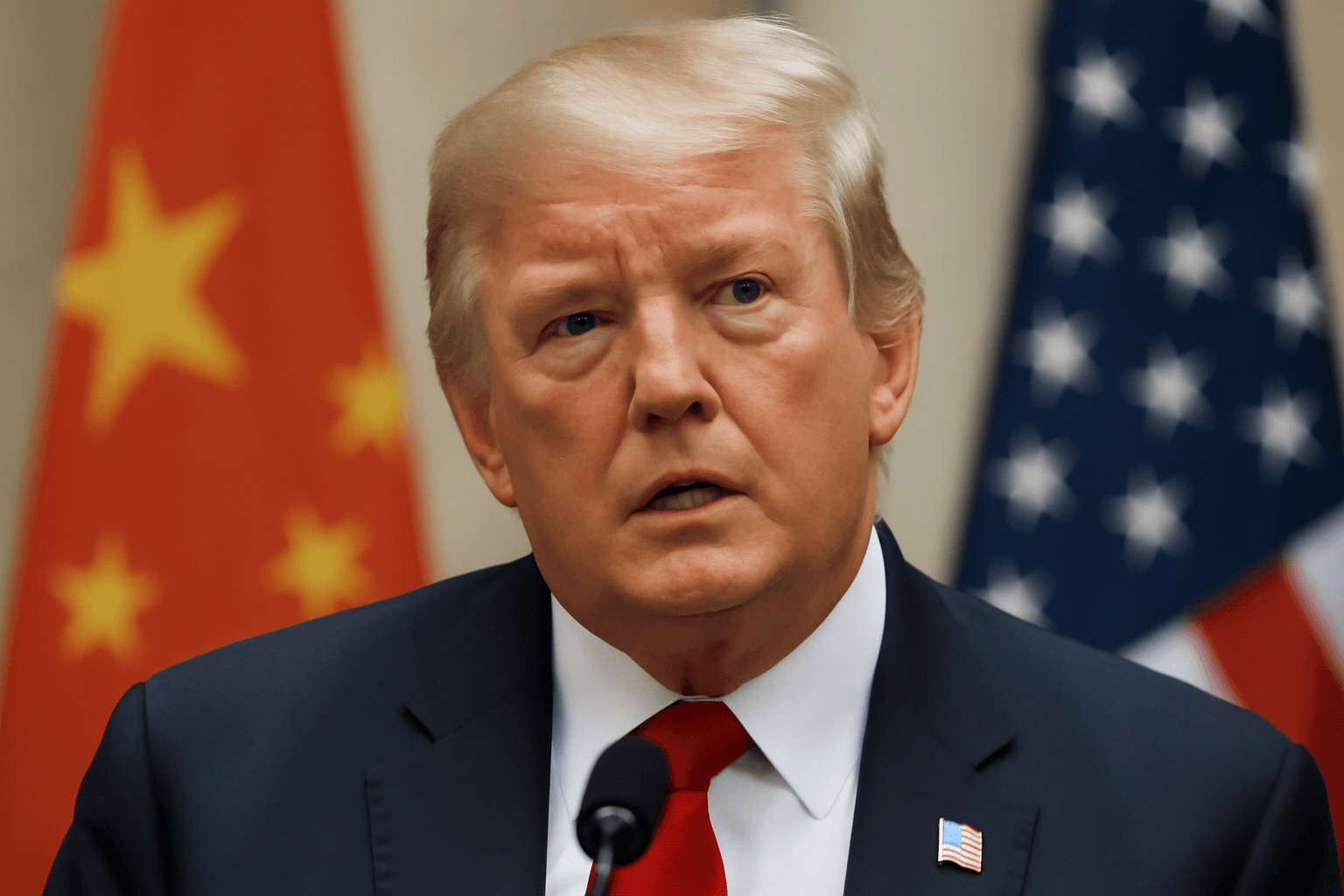Trump Announces Another 90-Day Extension on China Tariffs
In a move that underscores the precarious balance of US-China trade relations, President Donald Trump signed an executive order on August 11, 2025, extending a crucial tariff truce with China by another 90 days. This announcement came just hours before a planned escalation in tariffs was scheduled to take effect.
Background of the Tariff Truce
The current trade détente commenced in May, following intensive negotiations in Geneva where both nations agreed to pause tariff hikes for three months to pave the way for broader dialogue. Under this agreement, the United States halted planned tariff increases that would have raised duties on Chinese imports from the current 30% to a staggering 145%. Likewise, China suspended its plan to hike tariffs on American goods from 10% up to 125%.
Negotiations and Diplomatic Nuances
When questioned about the possibility of extending these reduced tariffs, President Trump remarked, "They've been dealing quite nicely. The relationship is very good with President Xi and myself." This statement hints at a strategic rapport between the two leaders that transcends the complexities of their trade war.
The two sides reconvened in Stockholm at the end of July, but no formal breakthrough was announced, indicating the negotiations remain in a delicate phase.
Expert Insights on the Extension
- Kelly Ann Shaw, former senior White House trade official now with Akin Gump Strauss Hauer & Feld, predicted the extension, saying, "It wouldn’t be a Trump-style negotiation if it didn’t go right down to the wire." She emphasized that this pause is designed to build space for resolving multifaceted issues including soybean sales, export controls, and addressing China's excess industrial capacity.
- Ryan Majerus, a former US trade official turned private sector expert, described the tariff pause as a mechanism to "undoubtedly lower anxiety on both sides," while laying groundwork for a potential framework agreement slated for this autumn.
Underlying Trade and Geopolitical Challenges
While the White House maintained a tight-lipped stance beyond the President’s comments, some context reveals broader friction points. Treasury Secretary Scott Bessent expressed guarded optimism about the prospects of an eventual deal, highlighting that Washington sees "the makings of a deal". Simultaneously, President Trump publicly pressed China to significantly increase soybean imports from the United States — a demand that industry analysts remain skeptical about, considering global market dynamics and China's domestic needs.
Another pressing issue is the ongoing concern over China’s purchase of Russian oil. Washington has warned that if these imports persist, the U.S. may impose secondary tariffs as a punitive measure, adding geopolitical complexity to trade talks.
Why This Matters for the American Economy and Global Trade
The continuation of this tariff pause offers relief to American industries reliant on international supply chains, particularly farmers dependent on China as a key export market. However, the underlying tensions and strategic competition between the world's two largest economies persist. The extended pause is not an end but rather a critical moment of recalibration in a larger economic chess game.
Looking Ahead: What to Watch
- Whether China agrees to meaningful reforms on export controls and industrial overcapacity.
- The potential expansion of agricultural trade, especially soybean purchases.
- US responses to China's energy dealings with Russia and implications for global energy markets.
- How the 90-day extension impacts domestic perceptions ahead of the US midterm elections.
Editor’s Note
This tariff truce extension exemplifies the intricate dance of diplomacy, commerce, and national interest between the US and China. While headline tariffs grab public attention, the undercurrents—such as energy politics, agriculture, and regulatory reforms—often shape outcomes that ripple through global markets. As negotiations unfold, American businesses and consumers alike watch closely, hoping the pause will kindle substantive progress rather than prolong uncertainty.
What remains clear is that trade policy in 2025 is as much about geopolitical positioning as economic pragmatism. In this high-stakes arena, patience, strategic alliances, and clear-eyed negotiations are vital to steering through the complexities ahead.




